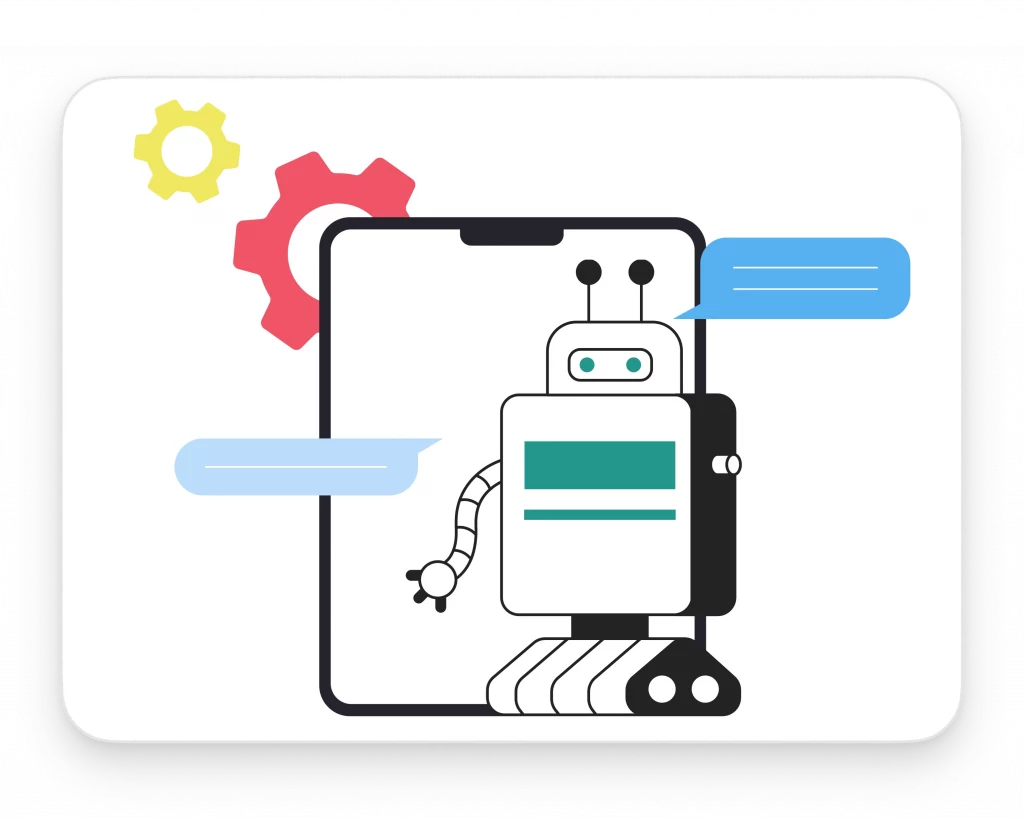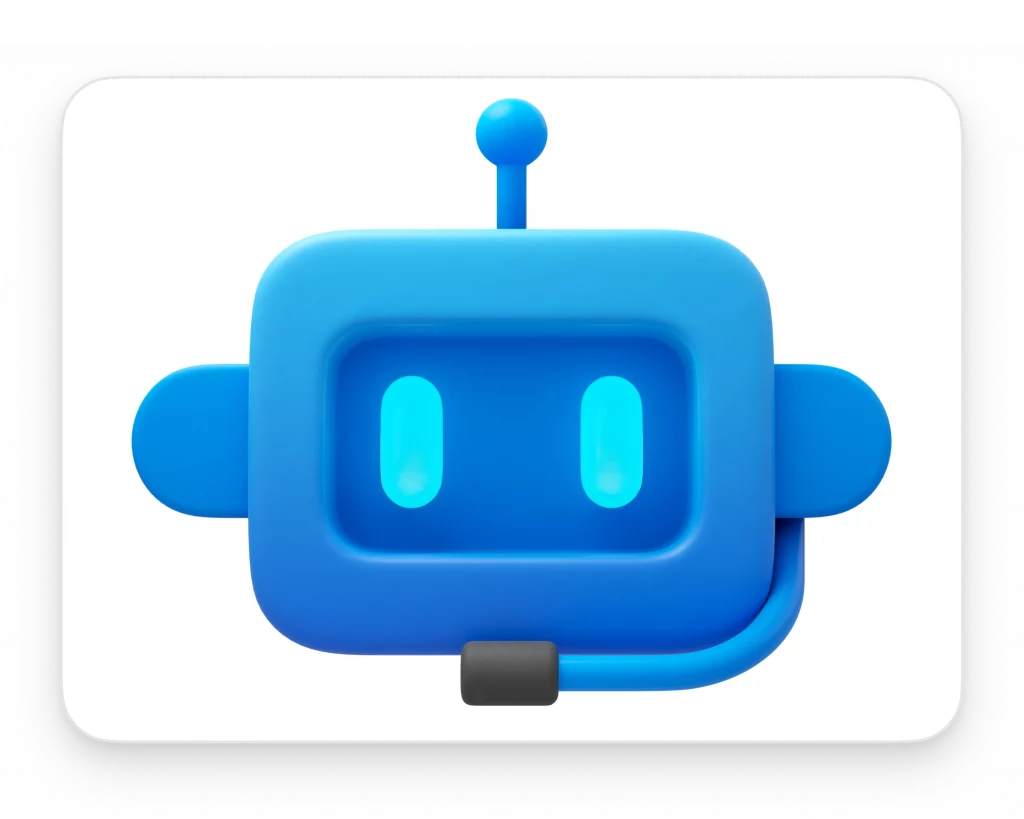Discover how chatbot interface graphics—from 2D visuals to emotional AI—are reshaping user experiences and explore what’s next in design innovation.
Chatbots have become essential in delivering quick and personalized interactions. However, user experience (UX) is key to ensuring their success. Enter chatbot interface graphics—a powerful way to enhance the user experience.
In this article, we’ll explore the impact of graphics in chatbot design, from aesthetics to functionality, and why they matter. Join us on a journey into the world of chatbot interaction design, where visuals meet technology to create a better user experience.
The fundamentals of chatbot interface design
A well-designed chatbot interface is the foundation for a seamless user experience. Understanding the basics of chatbot functionality, defining user goals, and adopting a user-centric approach are essential to effective chatbot design.
Understanding the basics of chatbot functionality
At its core, a chatbot is a computer program designed to simulate human conversation. You must first grasp how chatbots work to create an effective chatbot interface.
This includes understanding natural language processing (NLP), user inputs, and chatbot responses. Knowing the technical underpinnings, you can tailor your design to align with the chatbot’s capabilities.
Defining user goals and chatbot objectives
A clear understanding of user goals and chatbot objectives is vital. What do users expect to achieve through the chatbot? Are they seeking information, assistance, or engagement? You can define precise objectives for your chatbot interface by aligning user needs with chatbot capabilities. This clarity ensures that the chatbot delivers value and meets user expectations.
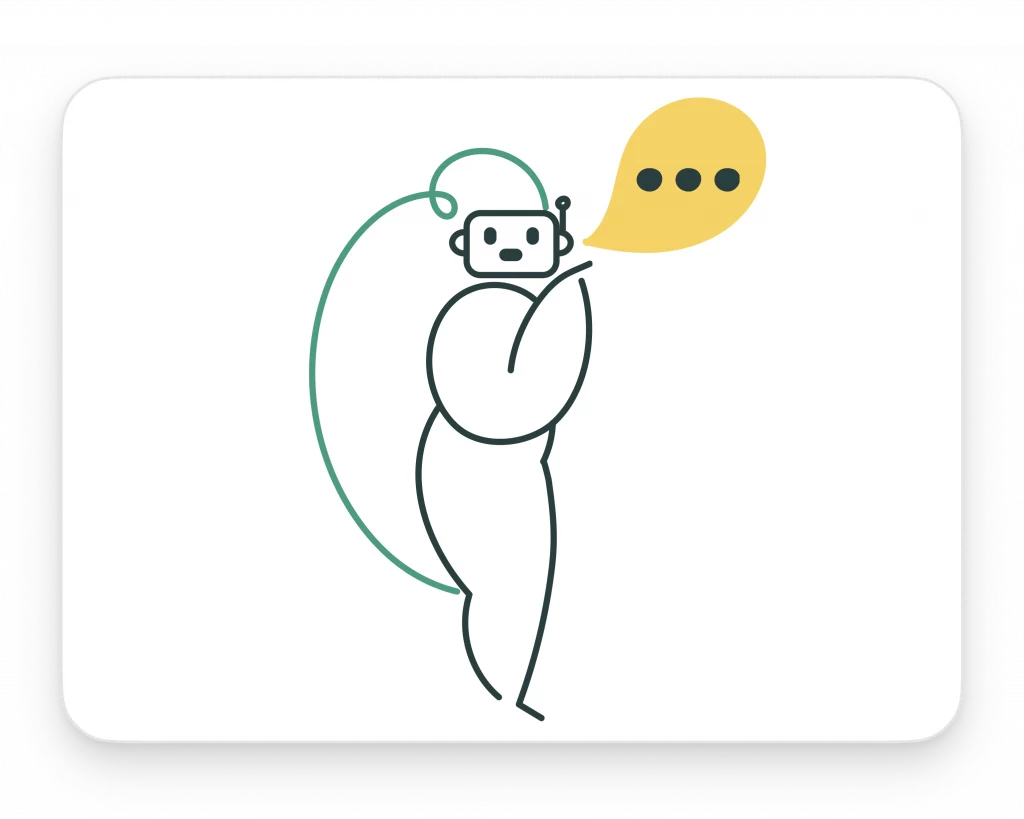
The significance of user-centric design
User-centric design places the user’s needs and preferences at the forefront of the design process. It involves creating intuitive and user-friendly interfaces that prioritize ease of use. In chatbot design, this means crafting natural conversational flows, anticipating user questions, and providing clear and concise responses. Remember, the ultimate goal is to make users feel heard and understood.
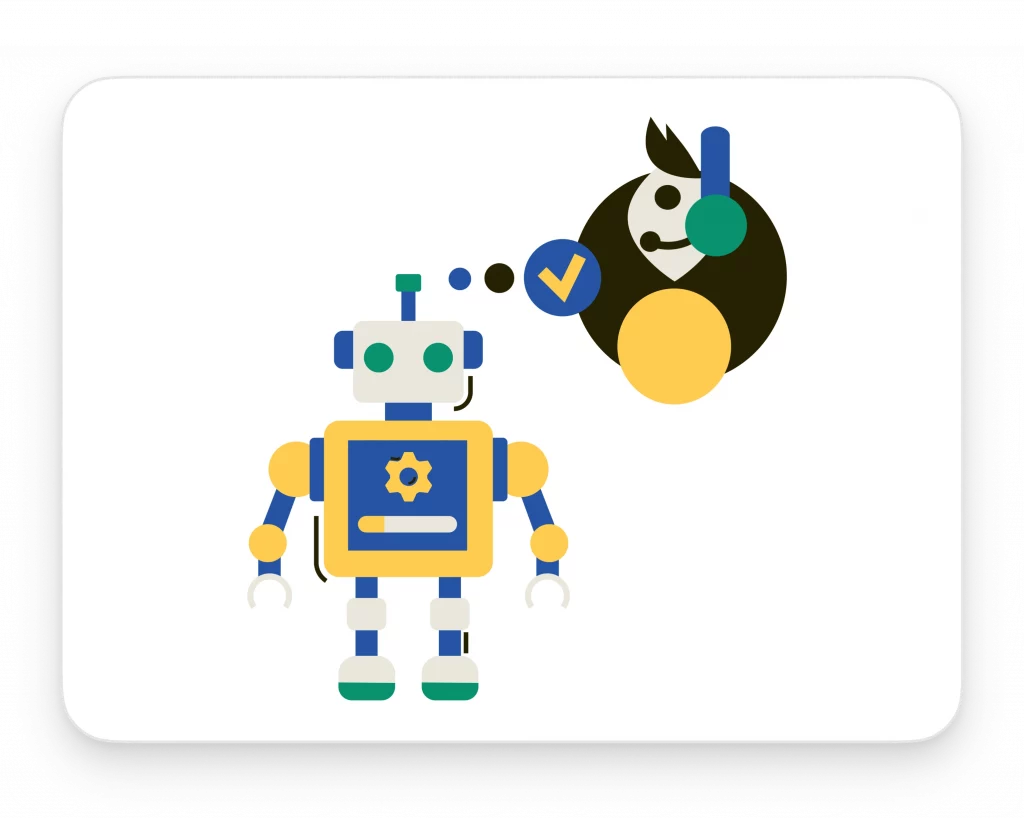
The power of visual communication
While chatbots are fundamentally text-based, integrating carefully designed graphics can take the user experience to the next level.
Exploring the impact of visuals on human communication
Visual communication is deeply ingrained in human nature. We process images faster than text, and visuals can remarkably efficiently convey emotions, information, and context. When applied to chatbot interfaces, visuals can create a more dynamic and emotionally resonant user experience.
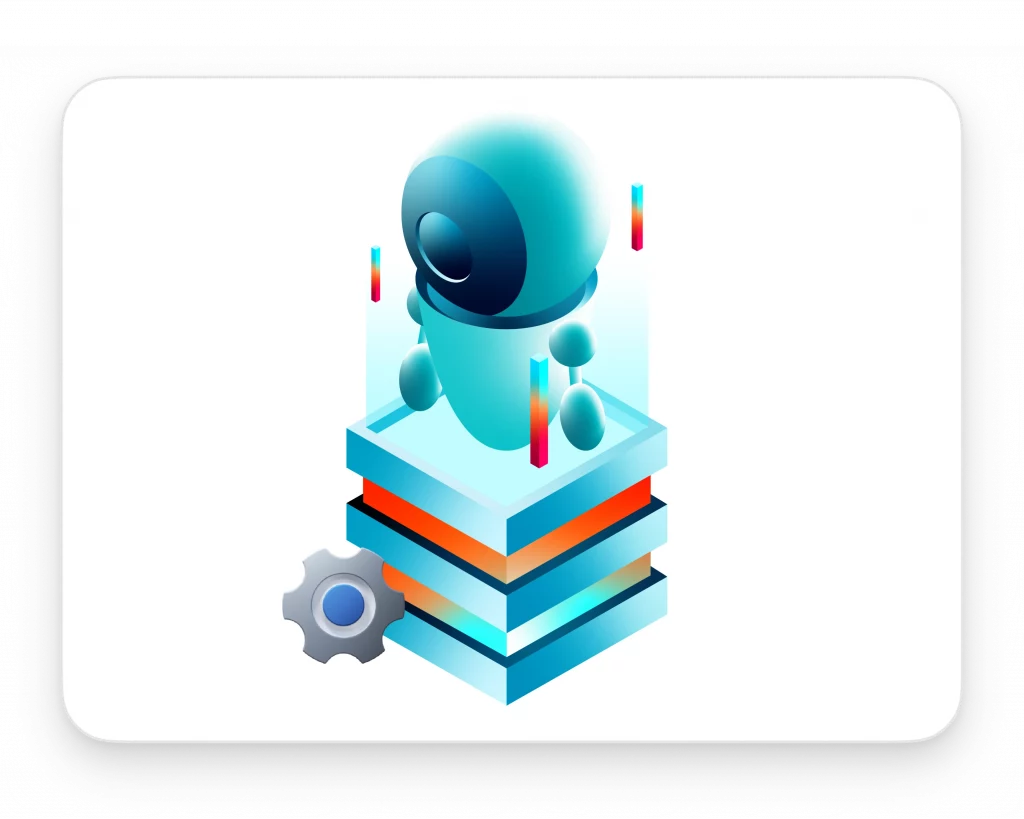
How graphics can complement text-based chatbot interactions
Graphics can serve as valuable aids in clarifying information and guiding users through complex processes. Whether it’s through icons, illustrations, or multimedia elements, visuals can make information more digestible and interactions more intuitive. They can also inject personality and brand identity into the chatbot’s persona, making interactions more authentic and engaging.
Best practices in using chatbot graphics
Creating effective chatbot graphics involves a delicate balance between aesthetics and functionality. To ensure that your graphics enhance the user experience, consider the following best practices:
Choosing the right visuals: images, icons, and animations
- Relevance. Select visuals that align with the chatbot’s purpose and the user’s context. Irrelevant graphics can distract and confuse users.
- Clarity. Prioritize clarity in your visuals. Icons and images should convey meaning instantly, aiding user understanding.
- Consistency. Maintain a consistent visual style throughout the chatbot interface to create a cohesive user experience.
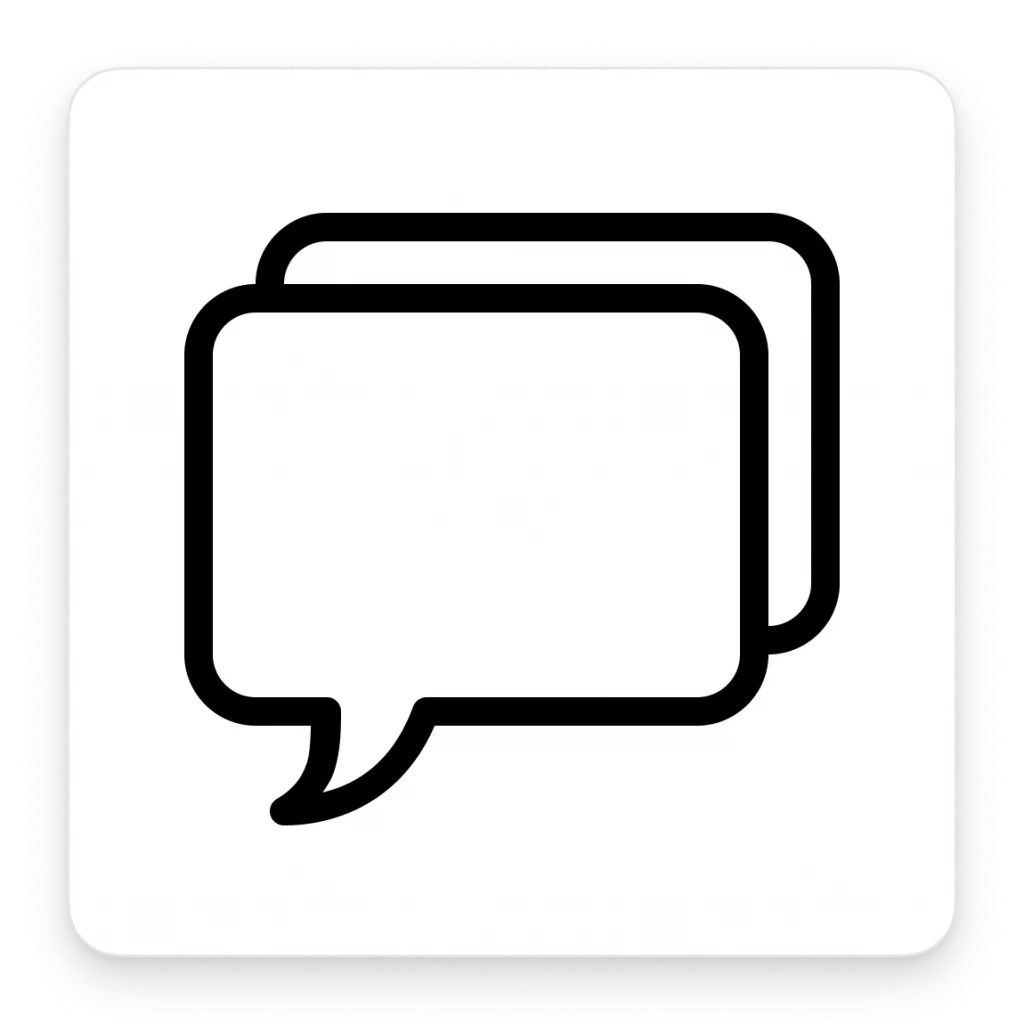
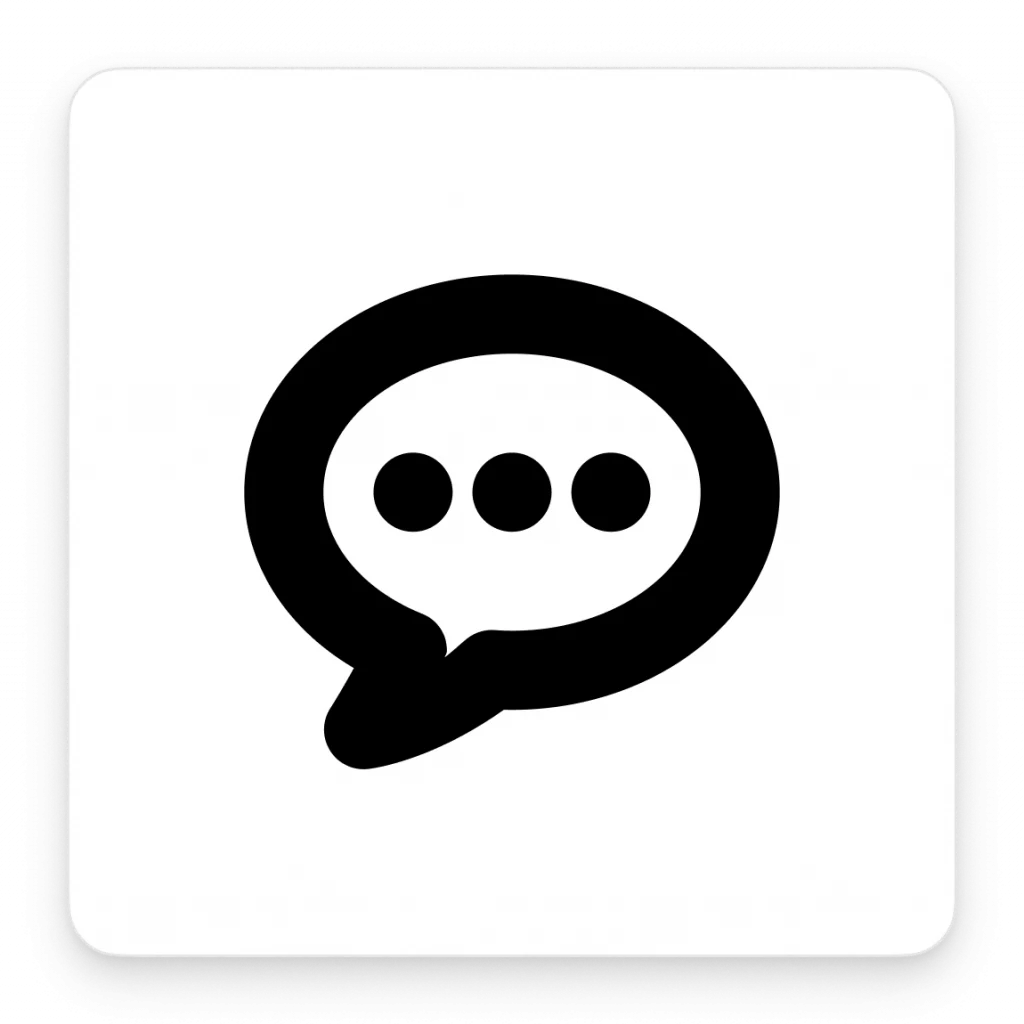
Balancing aesthetics with functionality
- Simplicity. Avoid clutter and visual noise. Keep graphics clean and unobtrusive to maintain a streamlined interface.
- Emotional resonance. Use visuals to evoke emotions or reinforce your brand’s personality, but do so without overwhelming users.
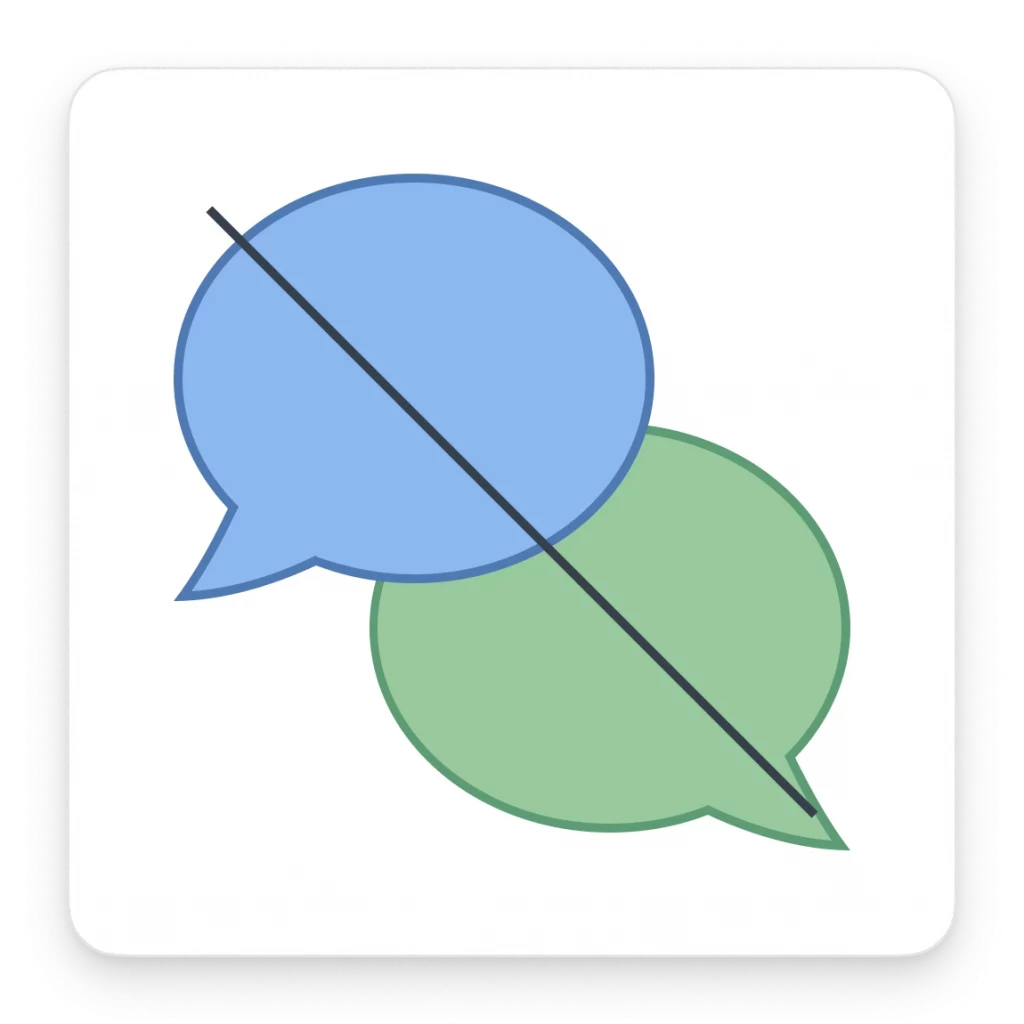
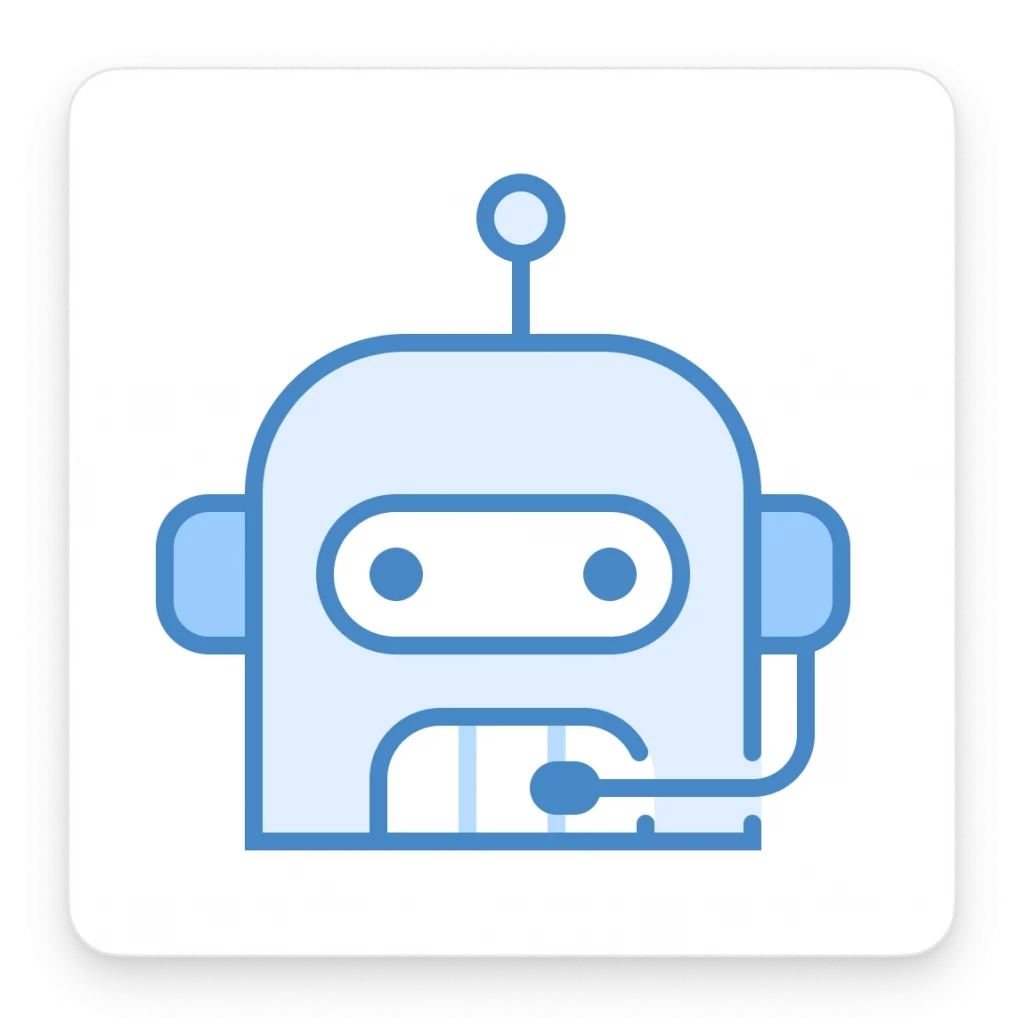
Ensuring accessibility for all users
- Alt text. Provide descriptive alt text for images and icons to ensure that users with visual impairments can understand the content.
- Color contrast. Maintain adequate color contrast to make text and graphics readable for vision-issue users.
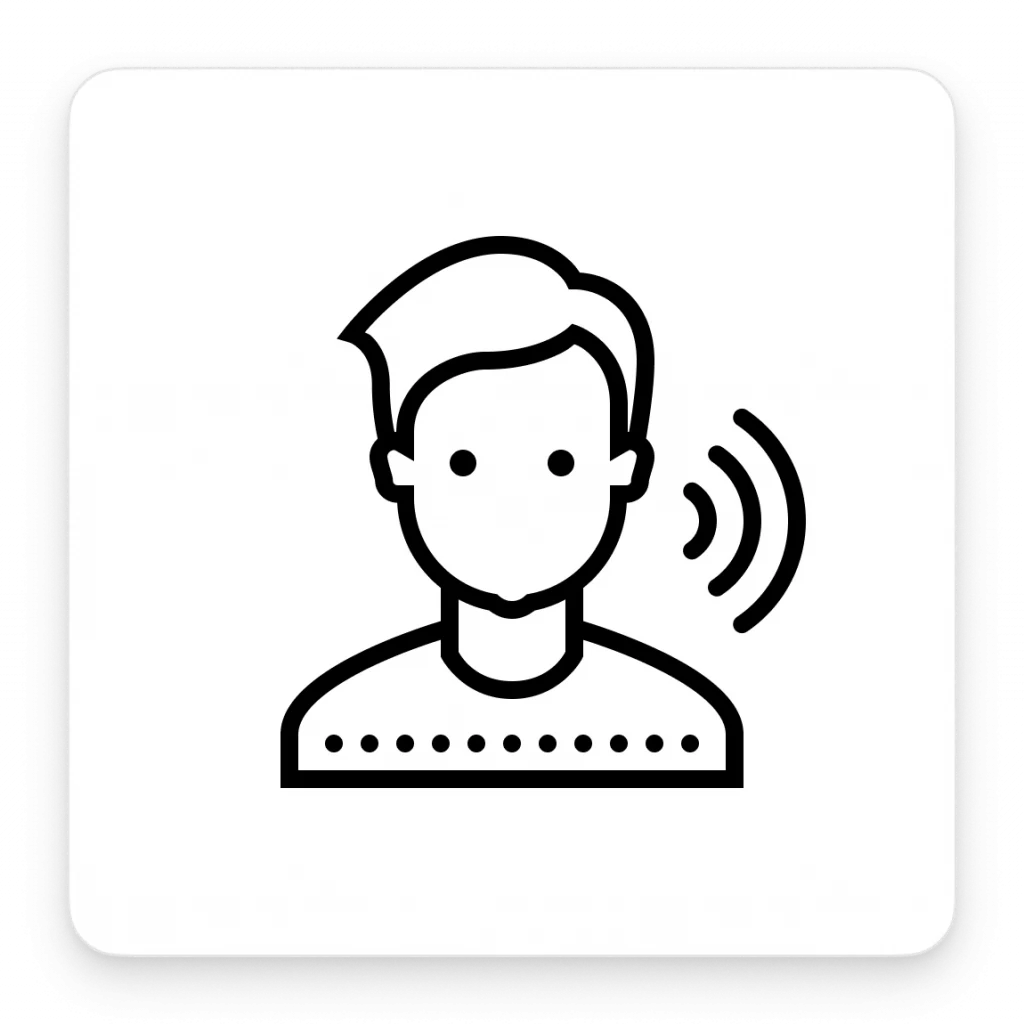
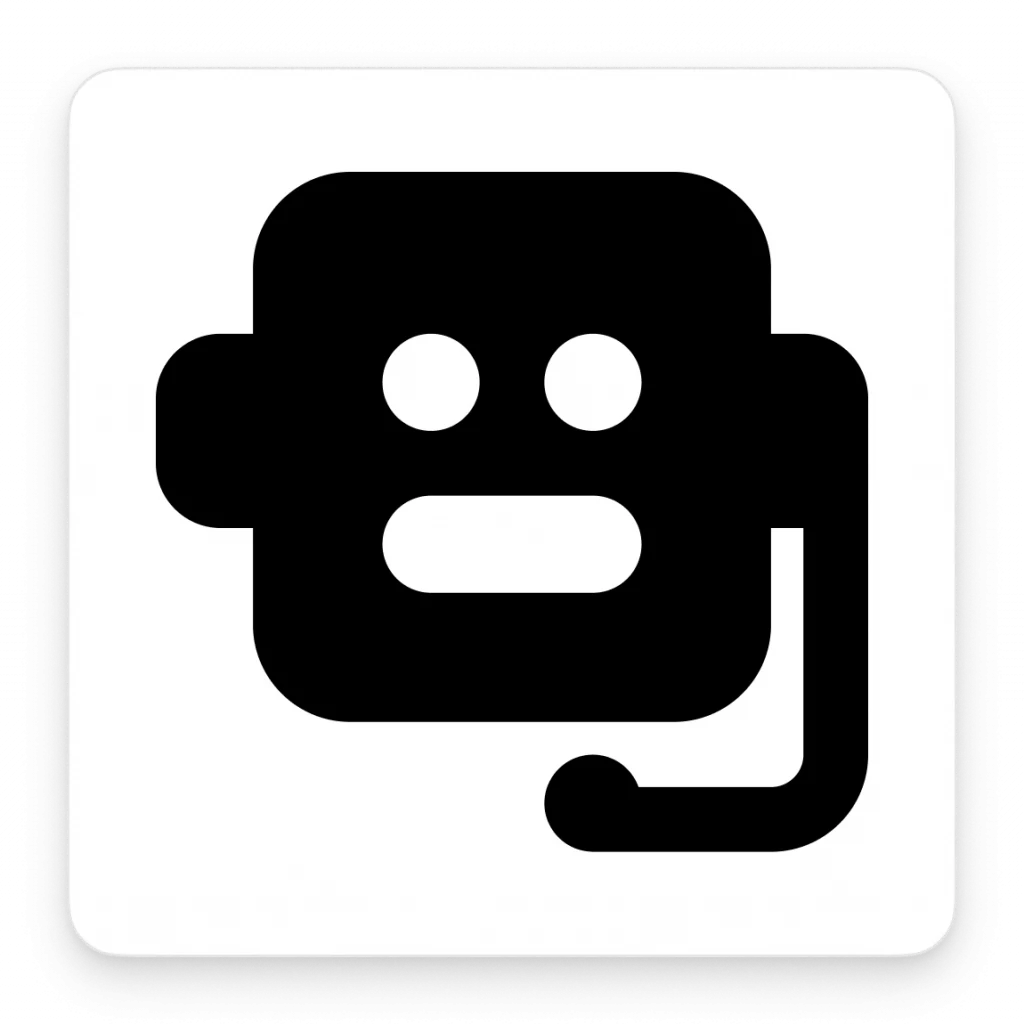
Optimizing graphics for speed and performance
- File size. Compress images and graphics to minimize load times, ensuring a smooth user experience even on slower connections.
- Adaptive design. Create responsive graphics that adapt to various screen sizes and orientations, accommodating users on different devices.
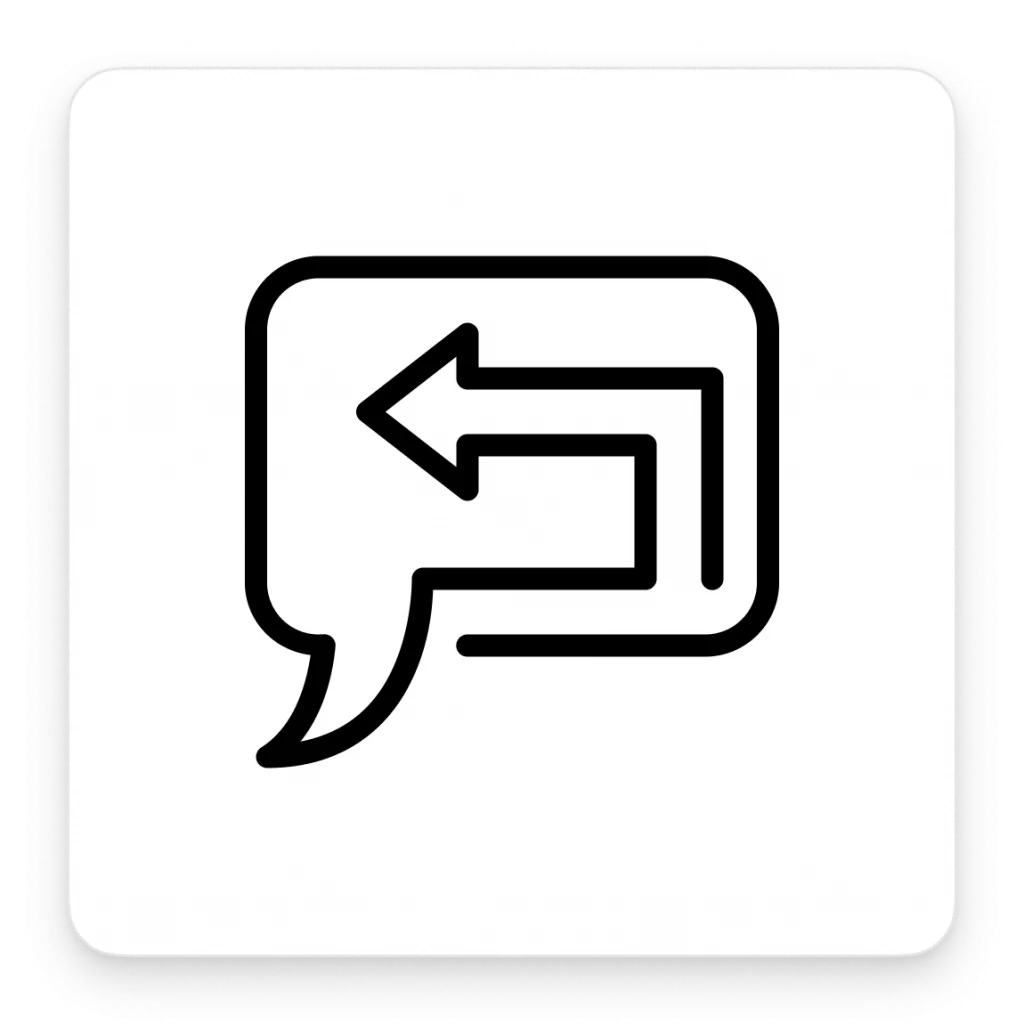
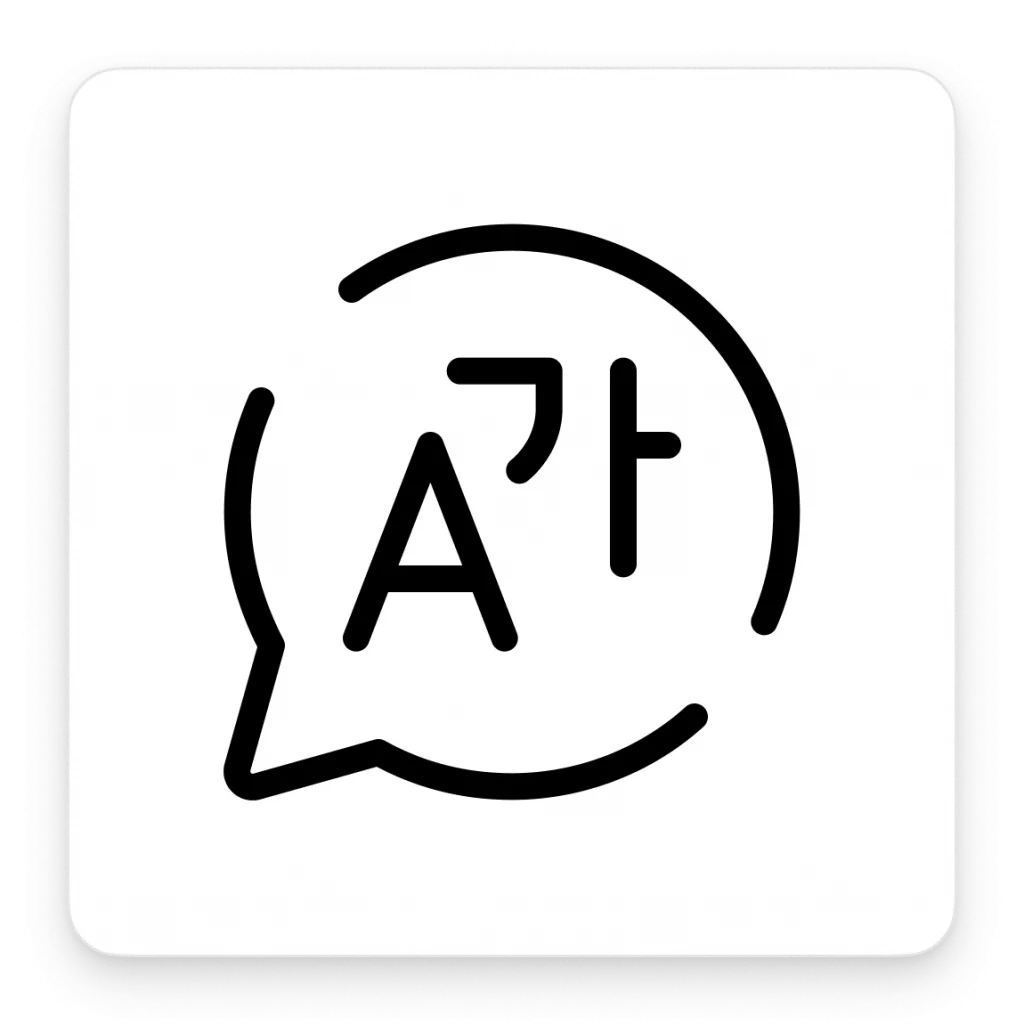
Tools and resources for chatbot interface graphic design
Highlight software, libraries, and design tools
- Graphic design software. Tools like Adobe Photoshop, Adobe Illustrator, and Lunacy are popular choices for creating graphics and illustrations.
- Icon libraries. Explore Icons8 for a vast collection of high-quality icons that can be seamlessly integrated into your chatbot interface. Icons8 provides a user-friendly platform for finding icons in various styles and formats to suit your design needs.
- Illustration tools. Consider using Adobe Illustrator or Procreate software to create custom illustrations that align with your chatbot’s branding.
- Animation tools. If your chatbot benefits from animated graphics, software like Adobe After Effects or Lottie can help create captivating animations.
Tips for finding or creating suitable graphics resources
- Stock image websites. Explore Ouch! for high-quality, licensed illustrations that can enhance your chatbot’s visual appeal.
- Graphic design communities. Participate in graphic design communities and forums where you can seek inspiration, share knowledge, and even collaborate with fellow designers.
- Online courses and tutorials. Consider enrolling in online courses or following tutorials to improve your graphic design skills, especially in the context of chatbot interfaces.
- User testing. Conduct user testing to gather feedback on your chatbot’s graphics and design. This real-world input can guide improvements and refinements.
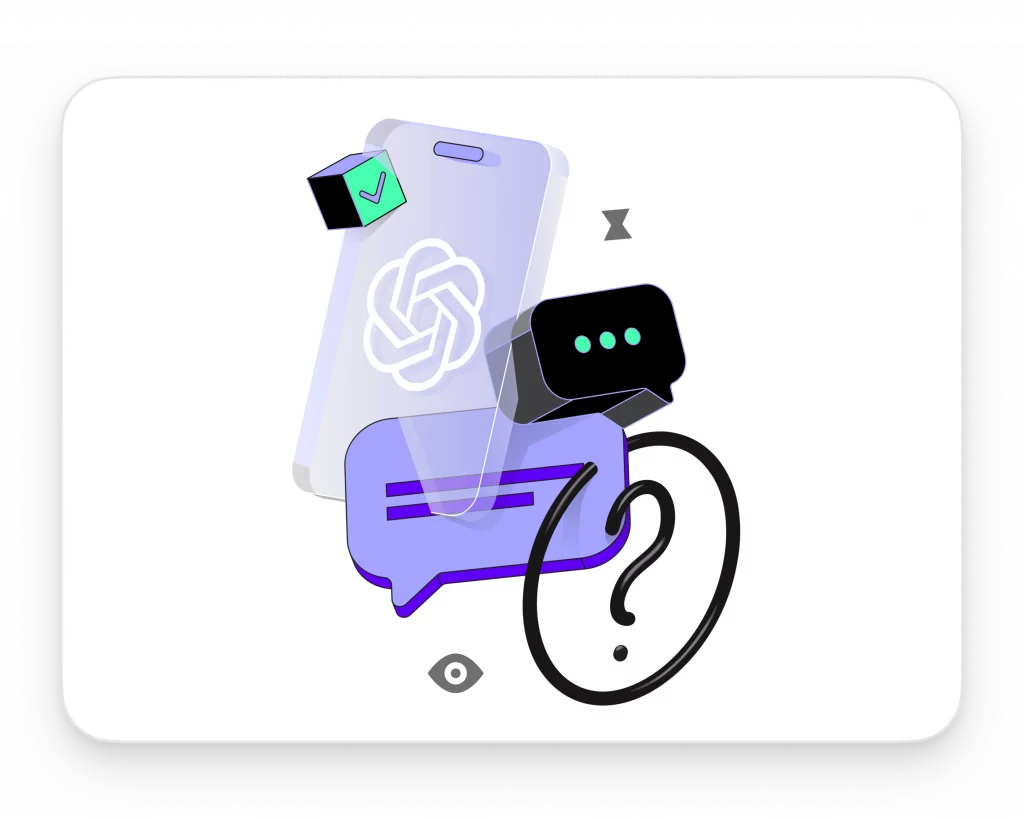
Future trends and innovations in chatbot graphics
As technology evolves and user expectations grow, chatbot graphics are poised to undergo significant transformations. Here, we explore some of the exciting trends and innovations shaping the future of chatbot interface design:
Predictions for the evolving role of graphics in chatbot design
- 3D graphics. Integrating 3D graphics and models into chatbot interfaces will provide a more immersive and interactive user experience, particularly in the gaming, e-commerce, and education industries.
- AR and VR integration. Augmented Reality (AR) and Virtual Reality (VR) will enhance chatbot interactions, allowing users to engage with virtual elements and environments through chatbots, opening up new possibilities for product visualization and virtual showrooms.
- Emotional AI. Graphics and animations will be crucial in conveying emotions and empathy in chatbots. Emotional AI will enable chatbots to understand better and respond to users’ emotional states through visuals, enhancing user engagement.
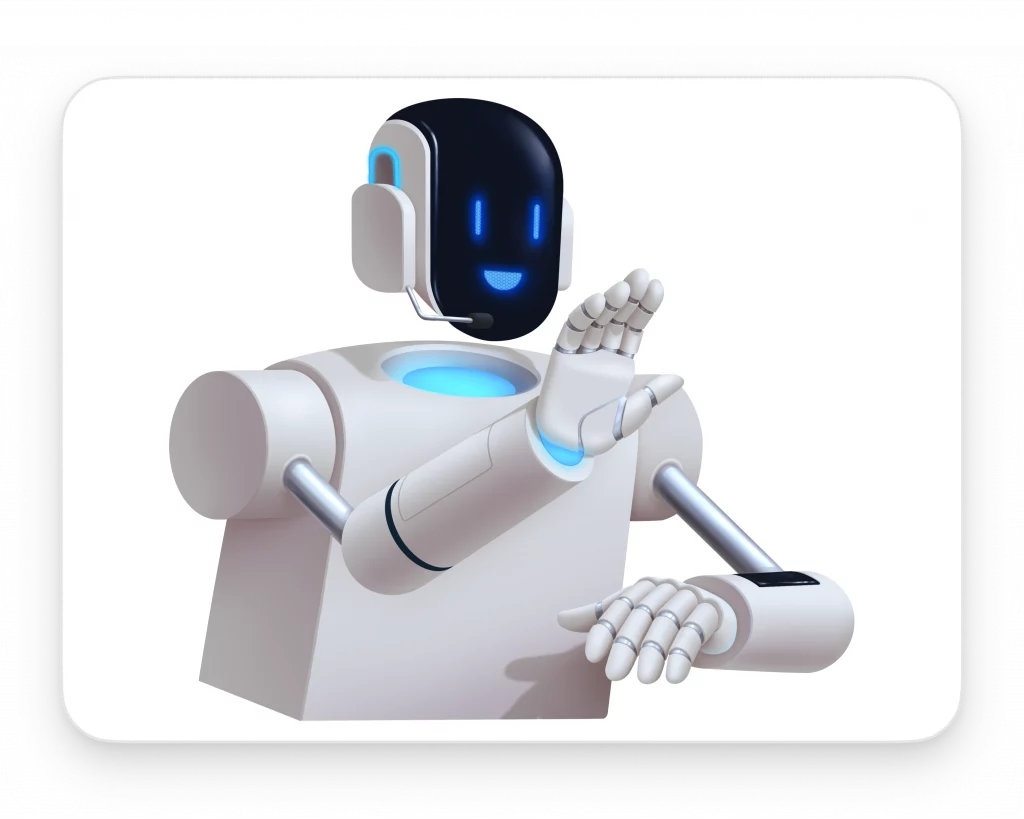
The integration of AI and machine learning in creating dynamic visuals
- Personalization. AI algorithms will enable chatbots to personalize graphics and visuals based on user preferences and behaviors, ensuring each user’s experience is unique and tailored to their needs.
- Real-time data visualization. Chatbots can generate real-time data visualizations, making complex information more accessible and actionable for finance, analytics, and healthcare users.
- Dynamic storytelling. AI-powered chatbots will excel at dynamic storytelling by generating visual narratives that adapt based on user input in real time, creating highly engaging and interactive experiences.
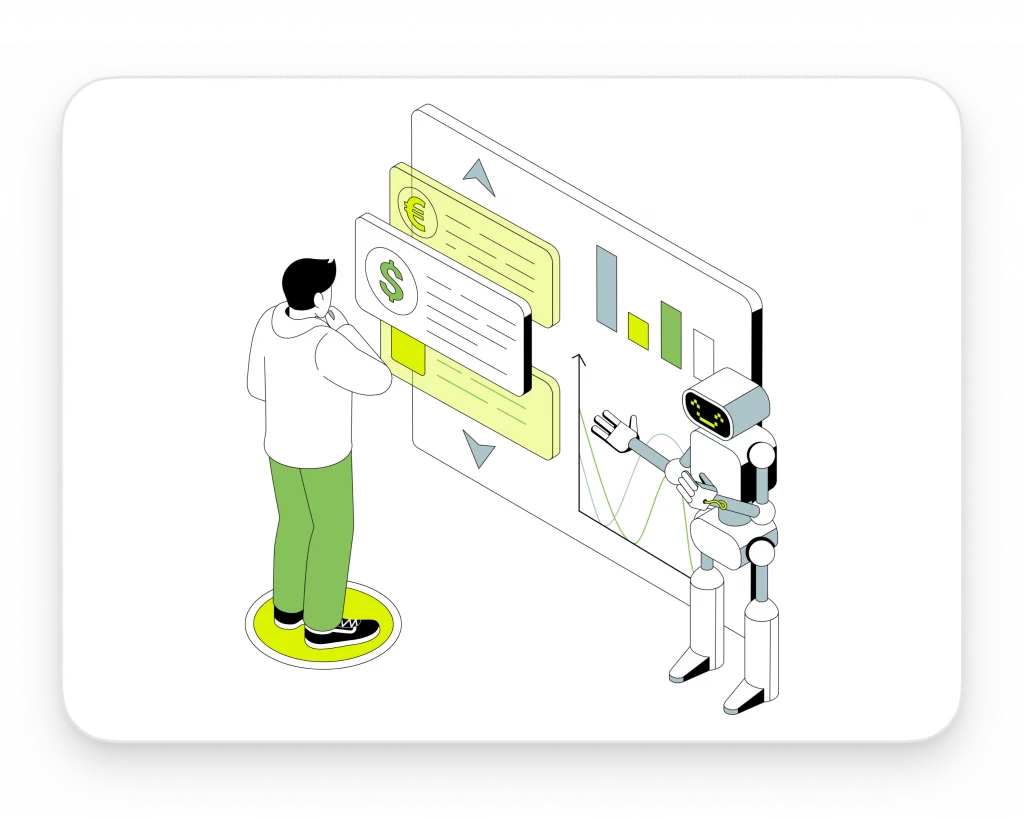
As we look ahead, it’s evident that chatbot graphics will continue to evolve, embracing cutting-edge technologies to deliver more immersive, emotionally resonant, and personalized interactions. These innovations will not only improve user experiences but also open up exciting possibilities for businesses and organizations to connect with their audiences in novel ways.
Check out our article about 3D characters to make your chatbot interface feel more personal.
